
Everything to know about Nitrogen Monoxide (NO)
Nitrogen monoxide belongs to a family (nitrogen oxides) of poisonous, highly reactive gases that form when fuel is burned at high temperatures. Nitrogen monoxide pollution is emitted by automobiles, various non-road vehicles such as boats and…
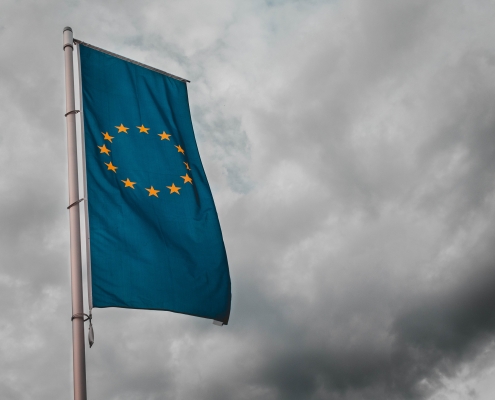
European Regulation and Limits on Air Pollution
When exposed to air pollutants in ambient air, or the air that we breathe, this can have an adverse effect on our health. The European Union (EU) policy on air quality aims to develop and implement appropriate instruments to improve air quality.…
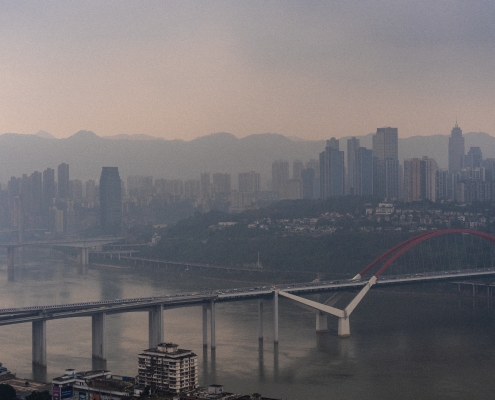
What the color of your smog tells you about local air pollutants
Smog makes our air unclear and gives a reddish-brown haze of color over our cities. This is why smog can be used as an indicator of poor air quality. Smog can also tell you the severity of air pollutants in your area too. Read on to find out…
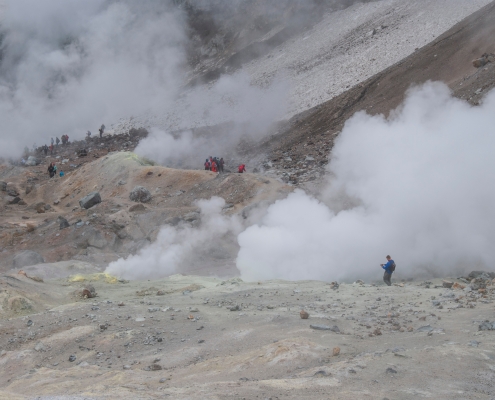
Everything to know about Sulphur Dioxide (SO2)
Sulphur dioxide (or: sulfur dioxide, SO2) is a key air pollutant considered vital for monitoring on various air quality guidelines and frameworks, such as the World Health Organization’s. Naturally, this means that we at Breeze Technologies…
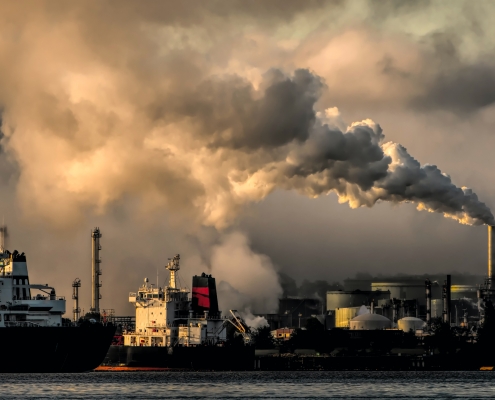
Die Hauptursachen für Luftverschmutzung
Zu hohe Konzentrationen von Fremdstoffen in der Atmosphäre werden als Luftverschmutzung bezeichnet. Dieser Artikel gibt einen Überblick über gefährliche Schadstoffe, die menschengemachte Ursachen haben.
Verkehr & Mobilität
Benzin-…
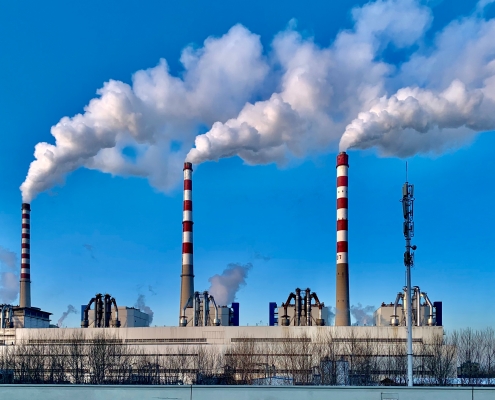 unsplash.com / Andreas Felske
unsplash.com / Andreas FelskeEverything to know about Carbon Monoxide (CO)
Many are familiar with carbon monoxide (CO) as a deadly household gas. However, it is also a common air pollutant; one that we at Breeze Technologies consider vital to be monitored. While CO was not included on the World Health Organization’s…
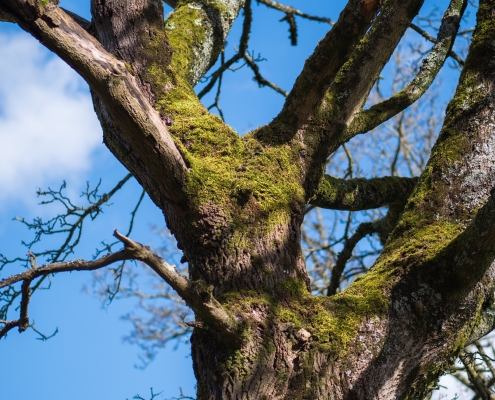
Lichens as an Indicator of Air Quality
Indicator species are organisms that provide information on the condition of their environment. Lichens are one such example, and have been used by scientists for the purpose of determining the air quality in a given area. Read on to find out…
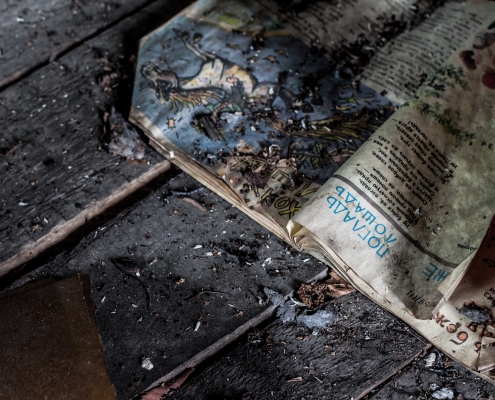
Everything to know about Black Carbon (BC)
Black carbon (BC), also known as soot, is a component of particulate matter (PM2.5) that affects human health and contributes to climate change. While we at Breeze Technologies don’t measure for black carbon specifically, PM2.5 is one of the…
 unsplash.com / Tuva Mathilde Løland
unsplash.com / Tuva Mathilde LølandEverything to know about Volatile Organic Compounds (VOCs)
Volatile organic compounds (VOCs) are a group of organic chemical substances emitted into the air from various products and processes in both indoor and outdoor environments. Despite them not being included in many standard air quality guidelines,…
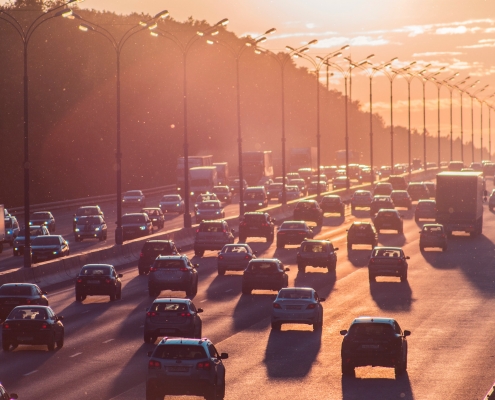
Traffic & Air Quality – The Influence of Mobility on Urban Air Pollution
Air pollution is the greatest environmental health risk, killing approximately 7 million worldwide every year. Ambient air pollution accounts for 4.2 million of those deaths, of which traffic and mobility are a major source. Global transport…

Not all particulate matter is equal – why some particulates are more dangerous than others
Particulate matter (PM) is an air pollutant composed of tiny solid and liquid particles. Primary particulate matter is emitted from a direct source, while secondary particulate matter is formed as a result of chemical and physical reactions…

How much air pollution do rocket launches cause?
The billionaire space race has been a hot topic lately. Richard Branson of the Virgin Group went to space on July 11, 2021. Jeff Bezos of Amazon followed soon after on July 20, 2021. Elon Musk of Tesla and SpaceX plans on travelling sometime…
